I was late, and they weren’t going to let me forget it.
The fact that I’d been caught in catastrophic roadworks a couple of miles from Bedfordshire’s Millbrook test track – where I was scheduled to start learning how to be a professional test driver – didn’t cut any ice with my new bosses. Ed Rutherford, manager of Millbrook’s durability section, was nice about it but the message was clear: when you’re developing new cars, time is precious. Don’t waste any.
All my life, I’ve been interested in being a test driver. When other kids wanted to pilot spacecraft, this was my dream job. There’s something hugely appealing about being the person who sits in a new car before the customer, contributing to its development by putting lots of miles under its wheels, and being quizzed about how it could be better. And driving, of course. Always driving.
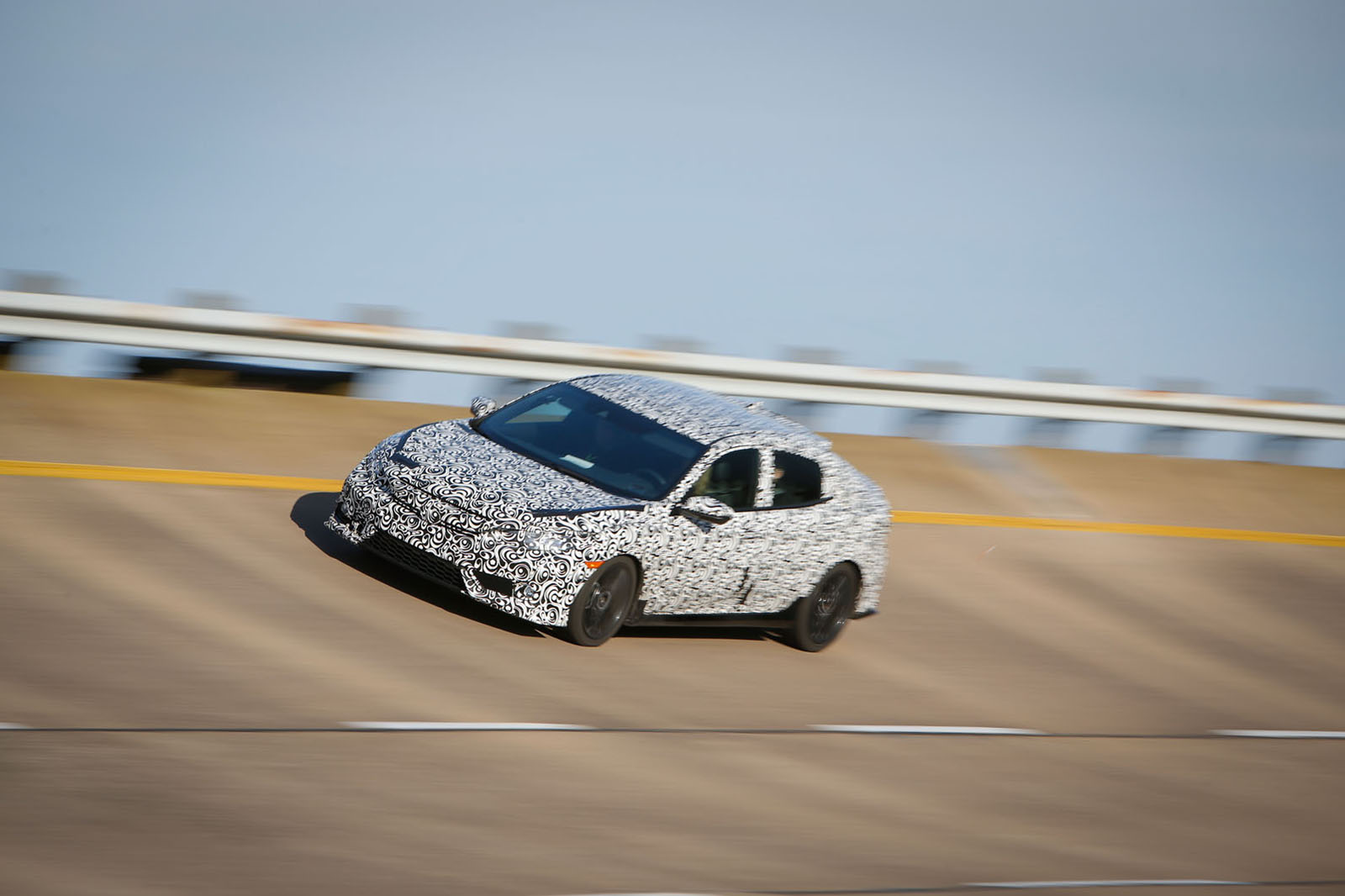
The chance came at Millbrook a few weeks ago. The test track, opened by Vauxhall in 1970 and best known for its two-mile banked concrete oval upon which you can drive ‘hands-off’ at 100mph, left General Motors ownership a little over three years ago and has since been reinventing itself as a multidiscipline test centre for global customers. Car industry people say proving a car’s compliance with complex international rules is nowadays as expensive as designing the thing in the first place. Millbrook – along with other big UK players such as Horiba MIRA and Ricardo Engineering – wants a piece of that action. It has been successful, too: UK test organisations are widely trusted for their high standards and even-handedness. As business has expanded, Millbrook has improved its capabilities, even making it possible for individual customers to have their own top-security workshops and offices on the site.
After a quick run through the day’s programme – safety briefing; meet and ride with professional drivers; have a go myself – we’re ready more or less on time at 8.45am. My first driver is to be Jenny Holliday, so experienced over the past decade here that she spends a lot of time training others. She’s already waiting at the fuel pumps, having brimmed our car after the work it has done overnight. Test cars at Millbrook often work around the clock.

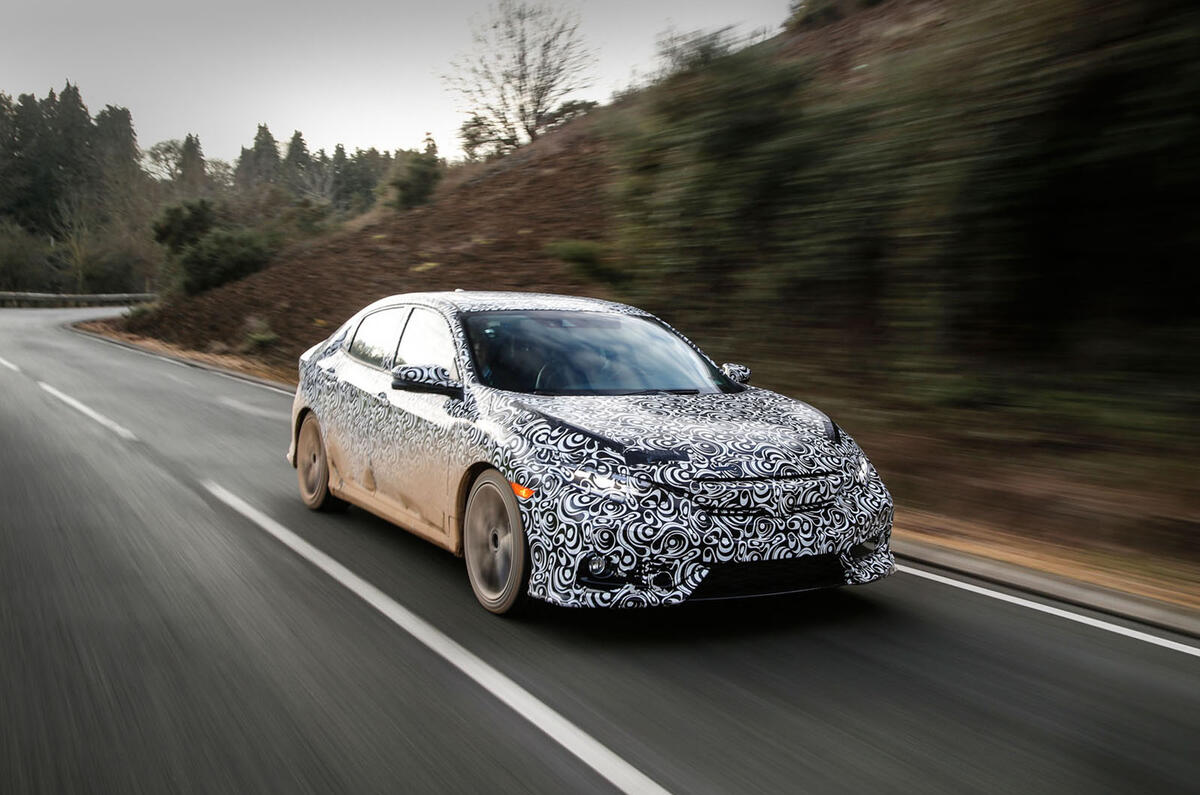
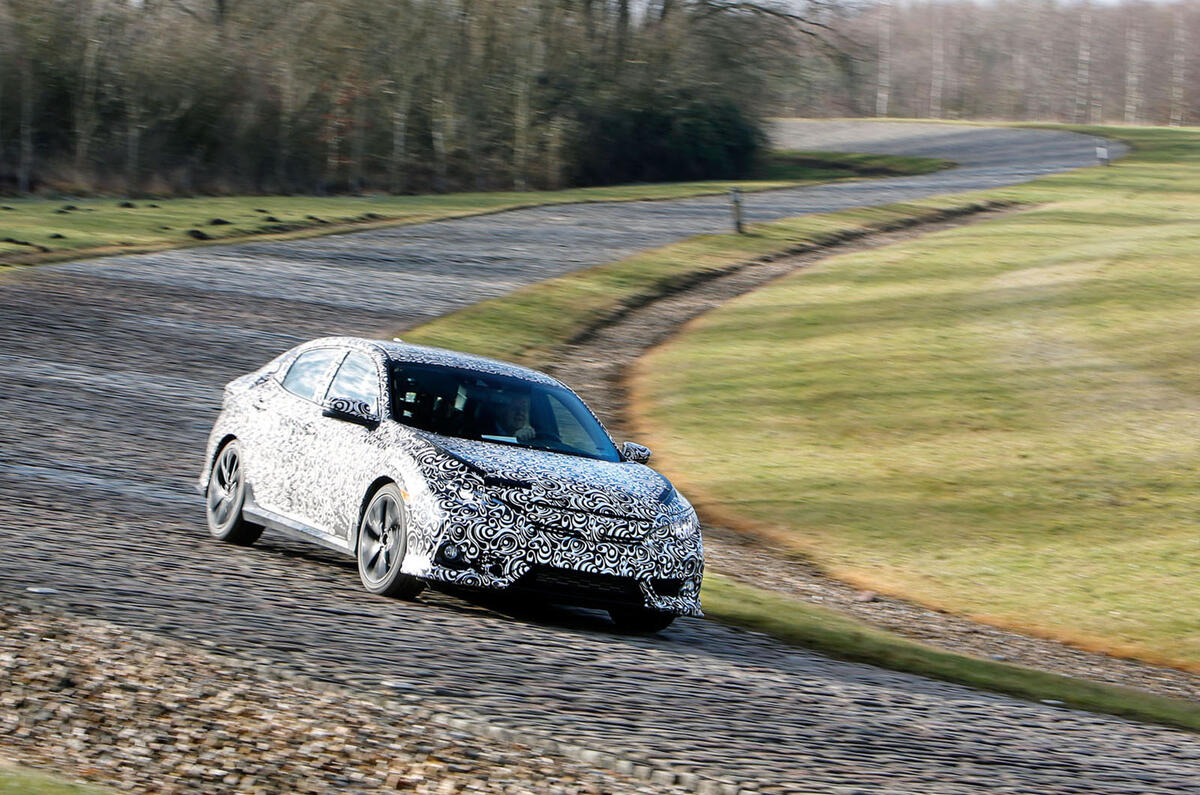
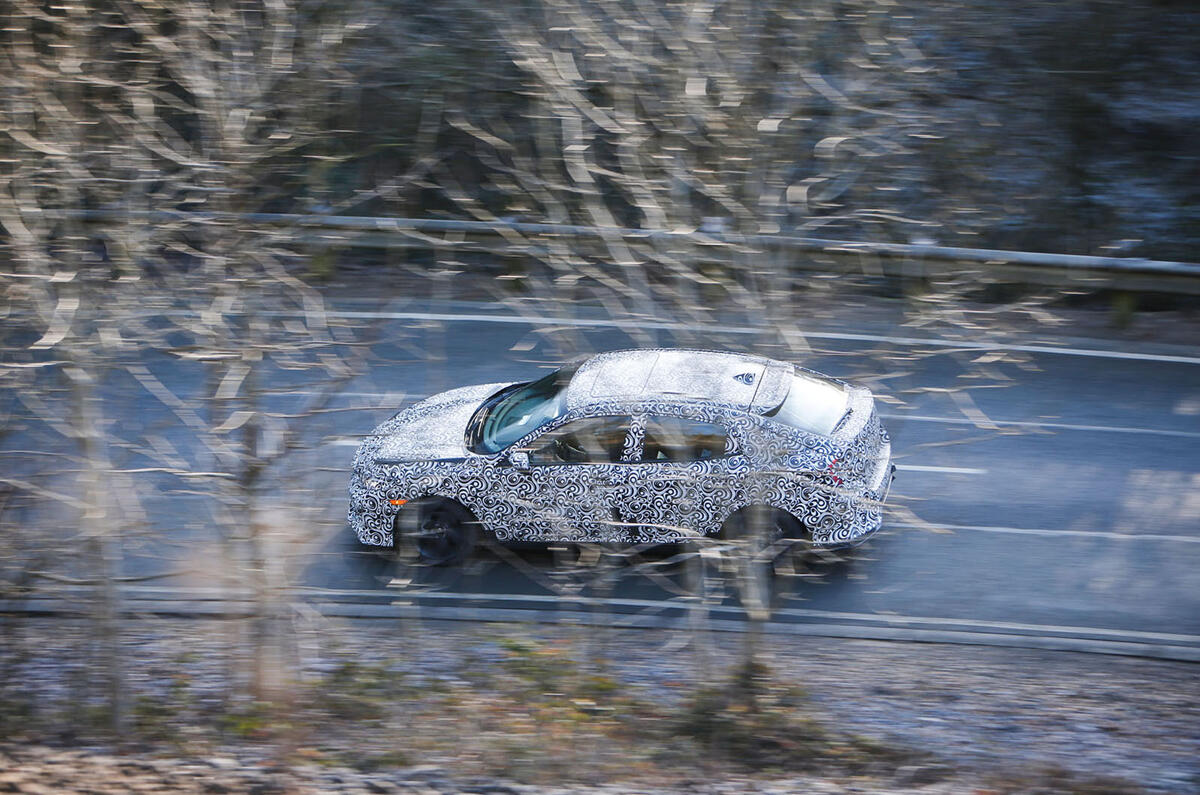
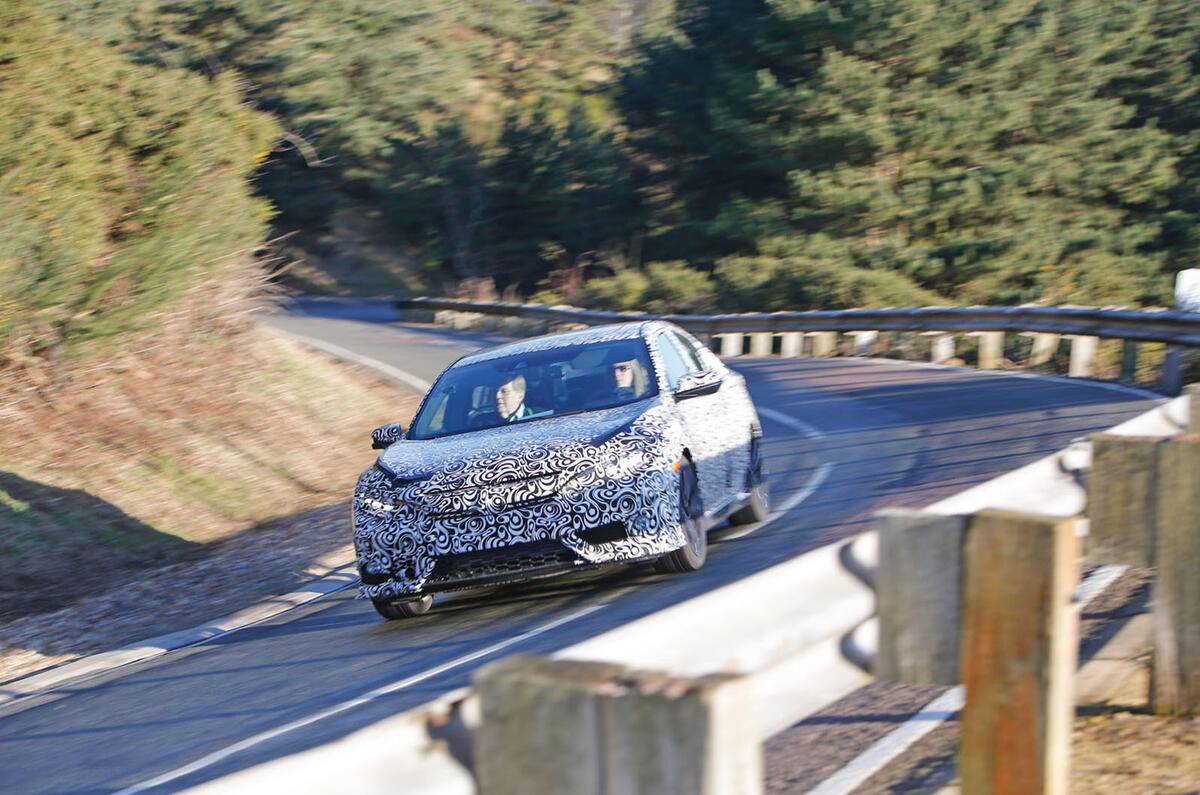
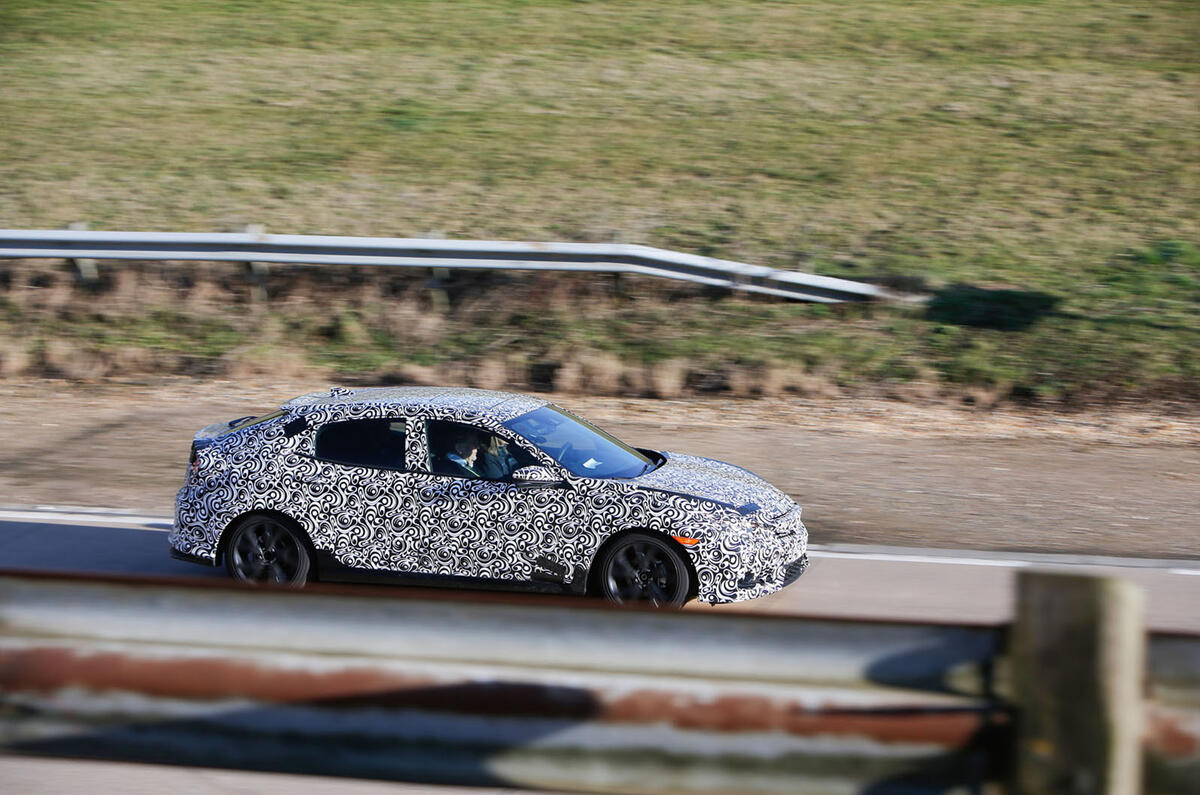
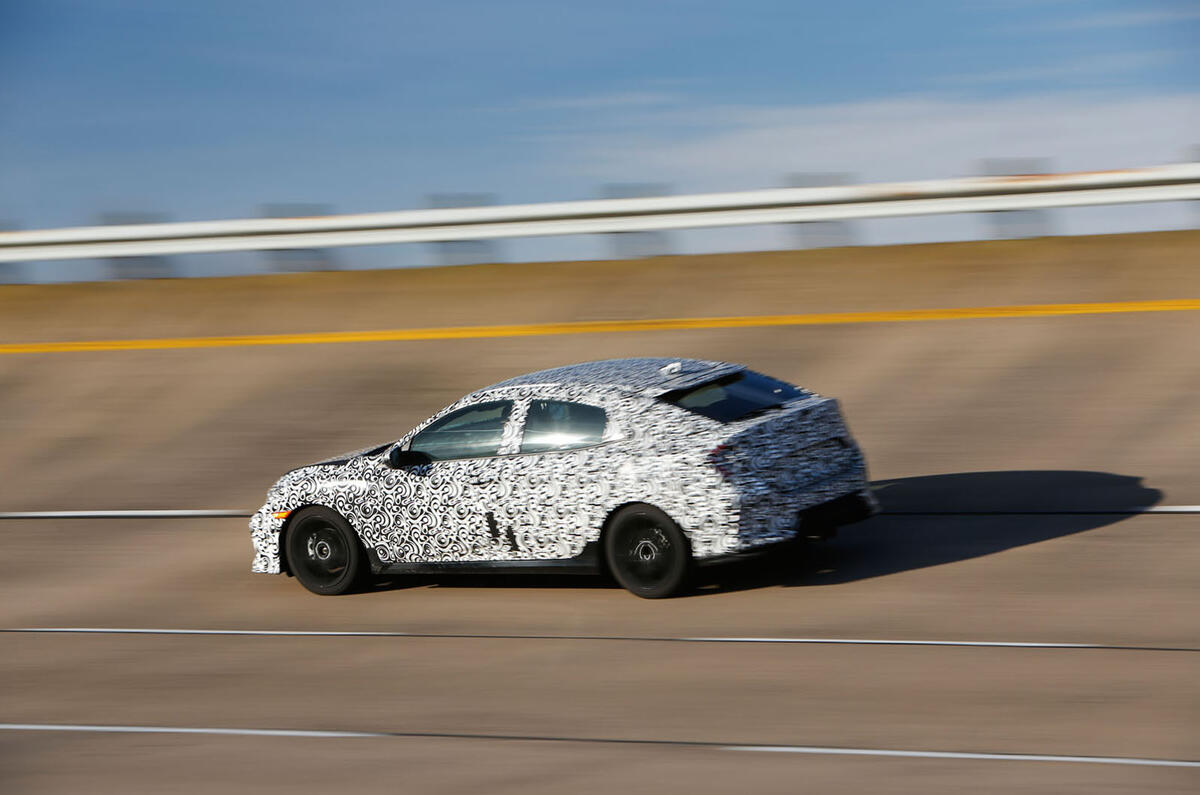
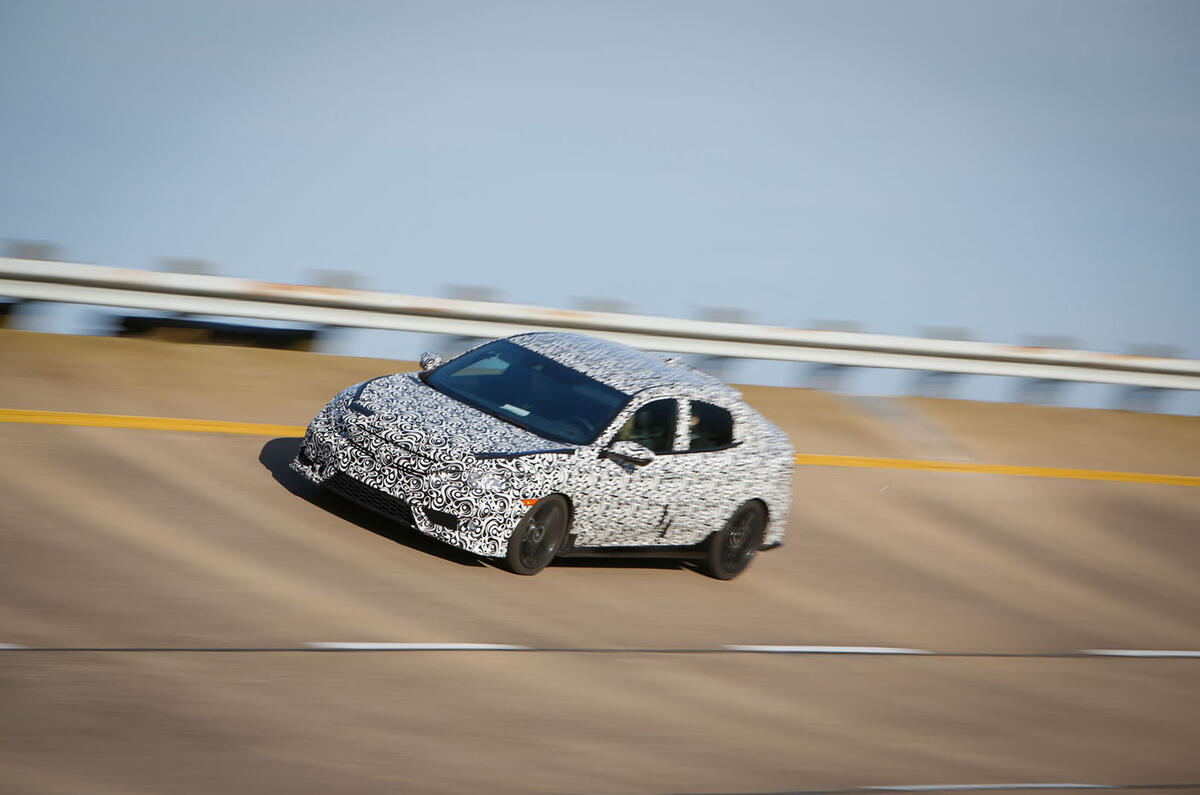
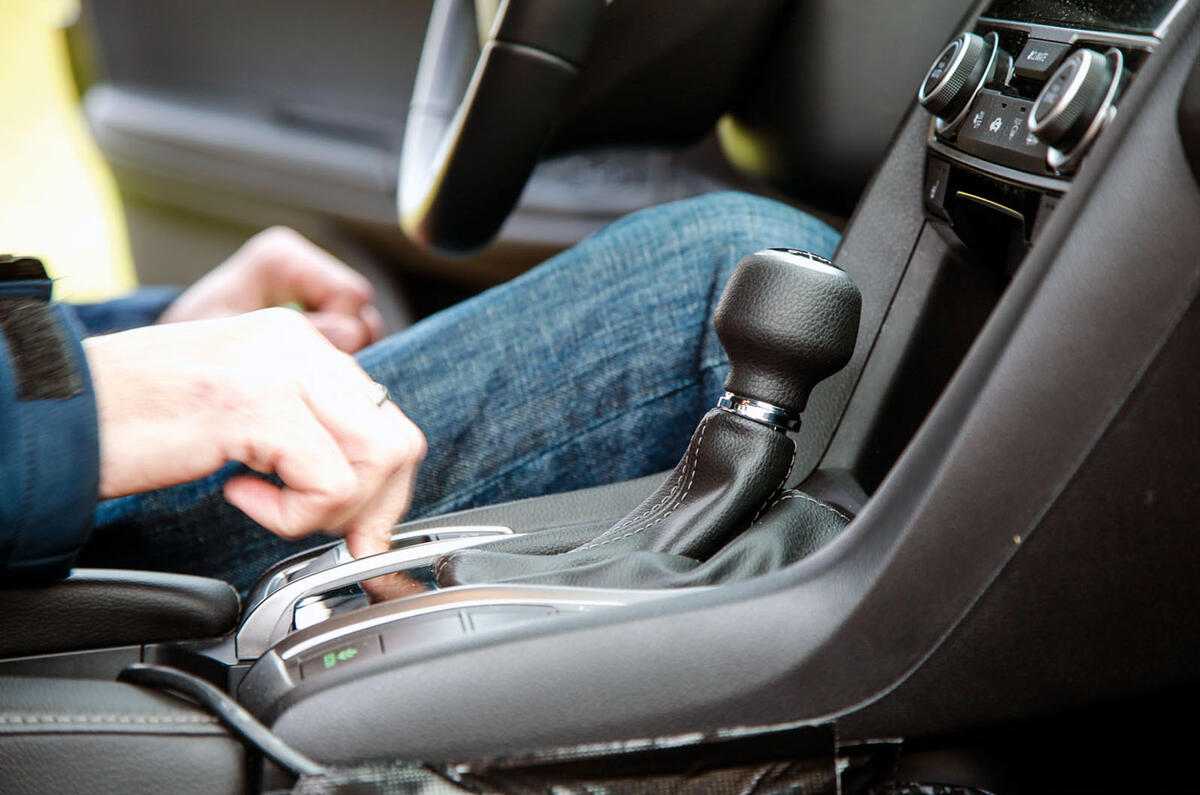
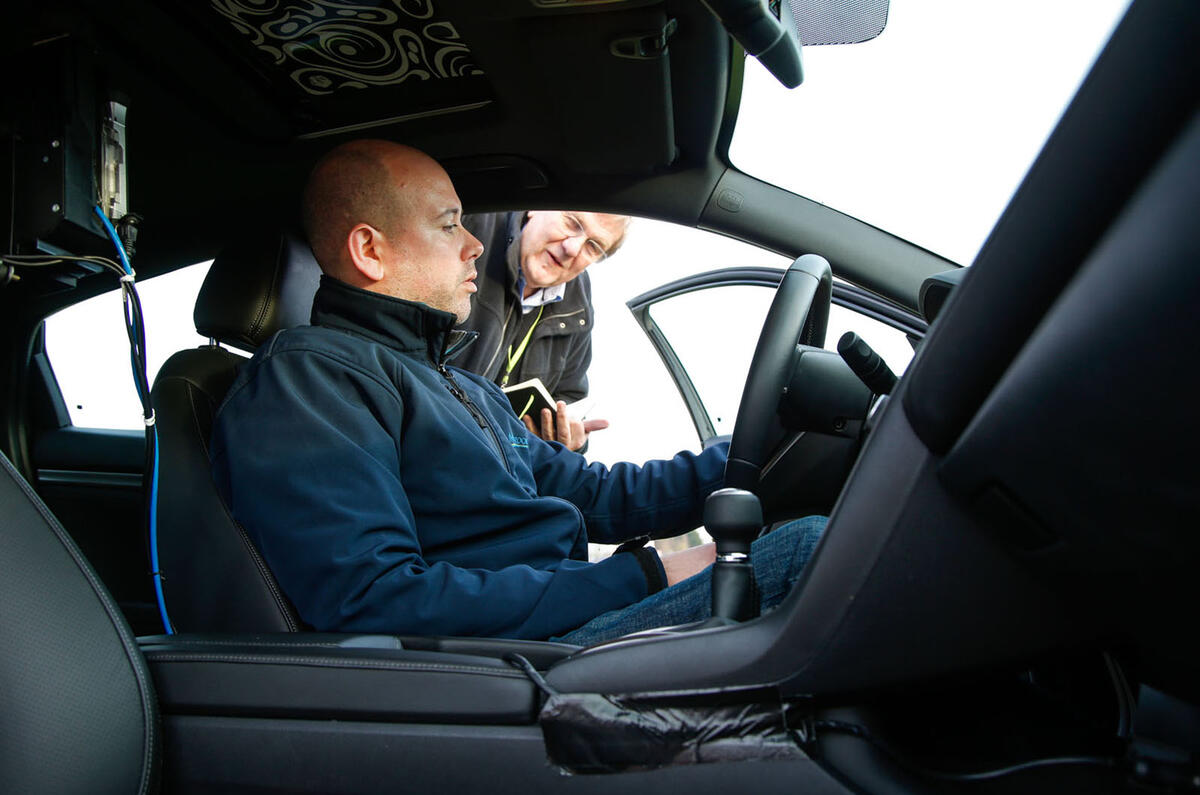
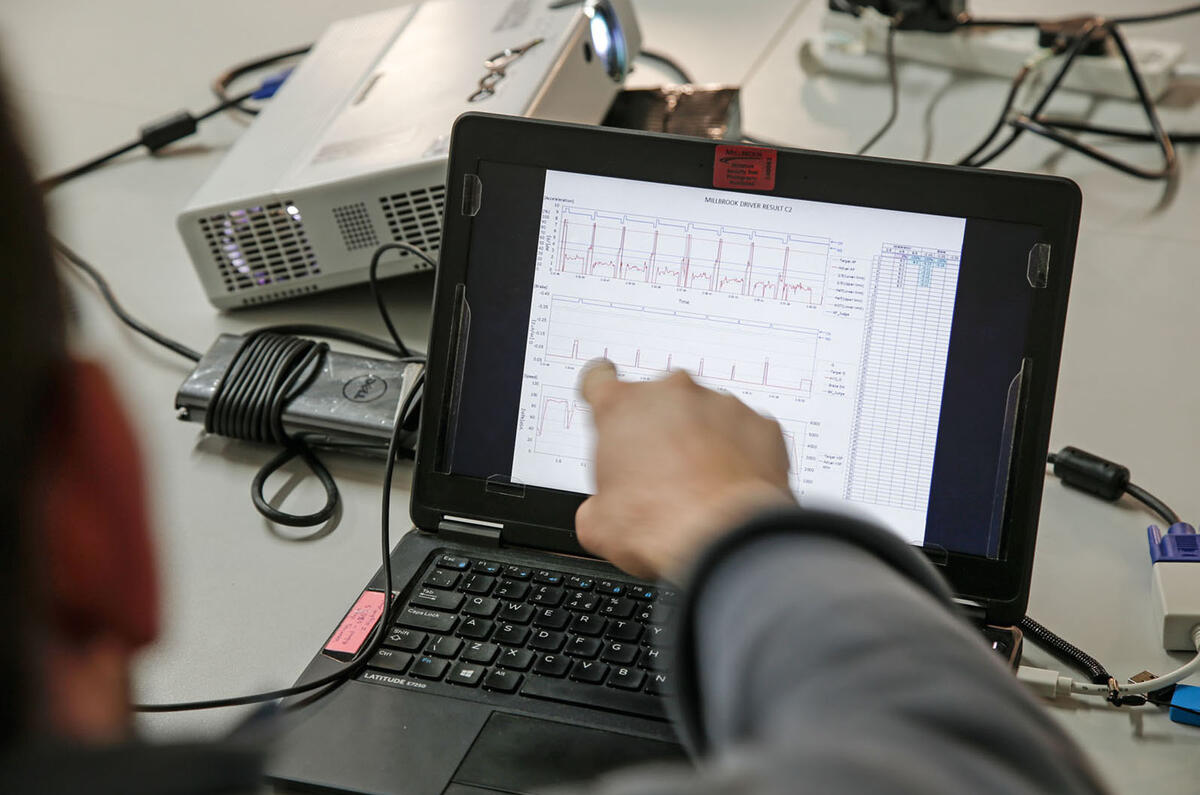
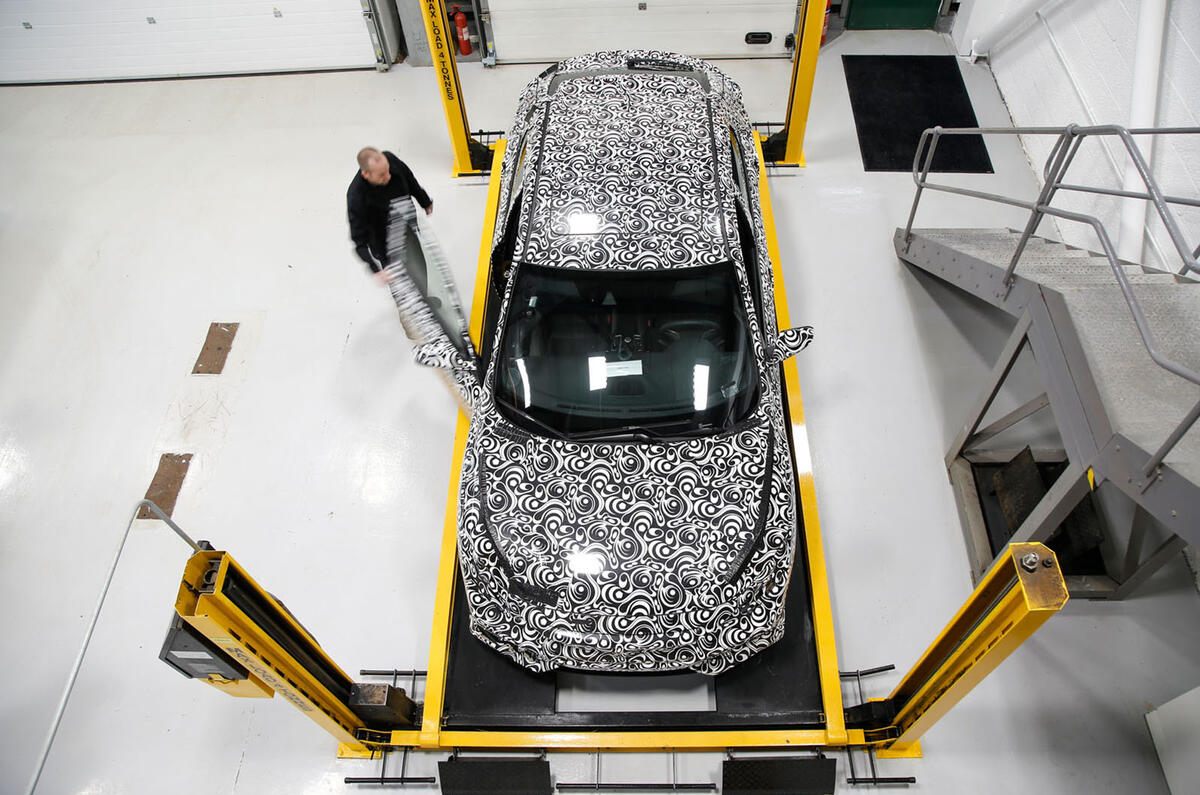
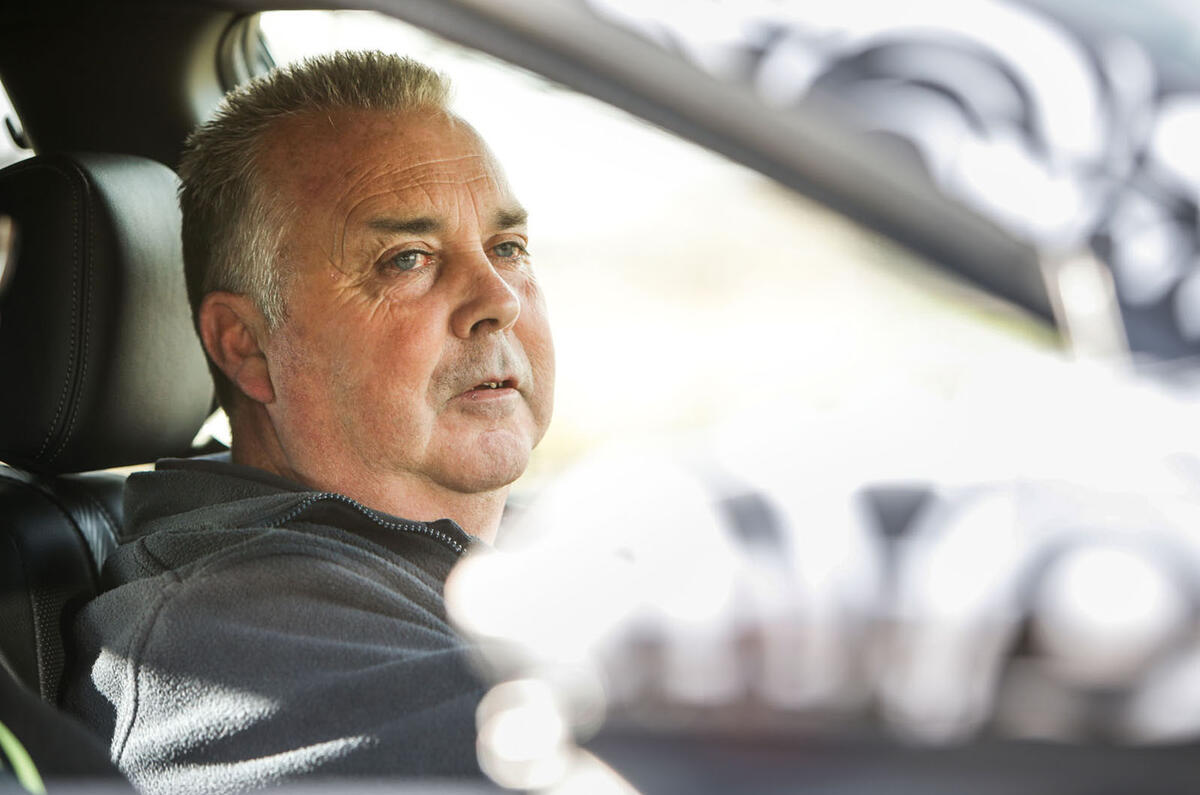


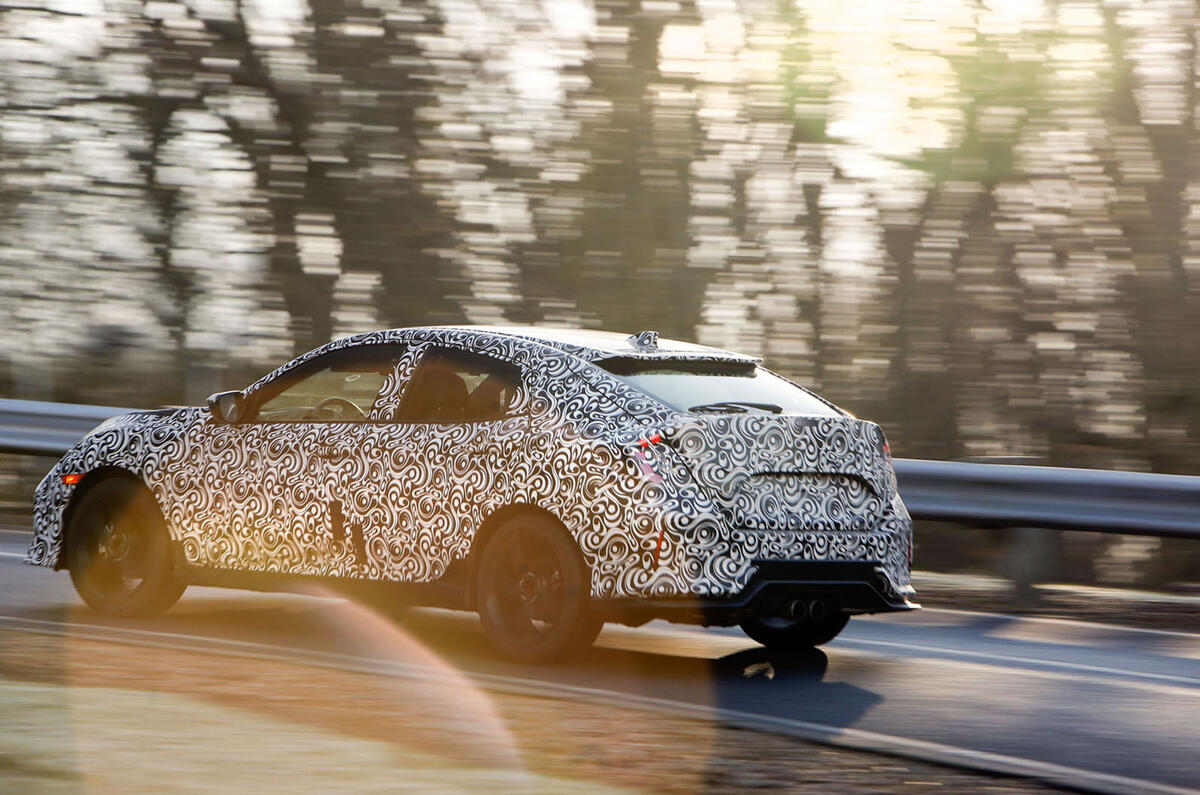
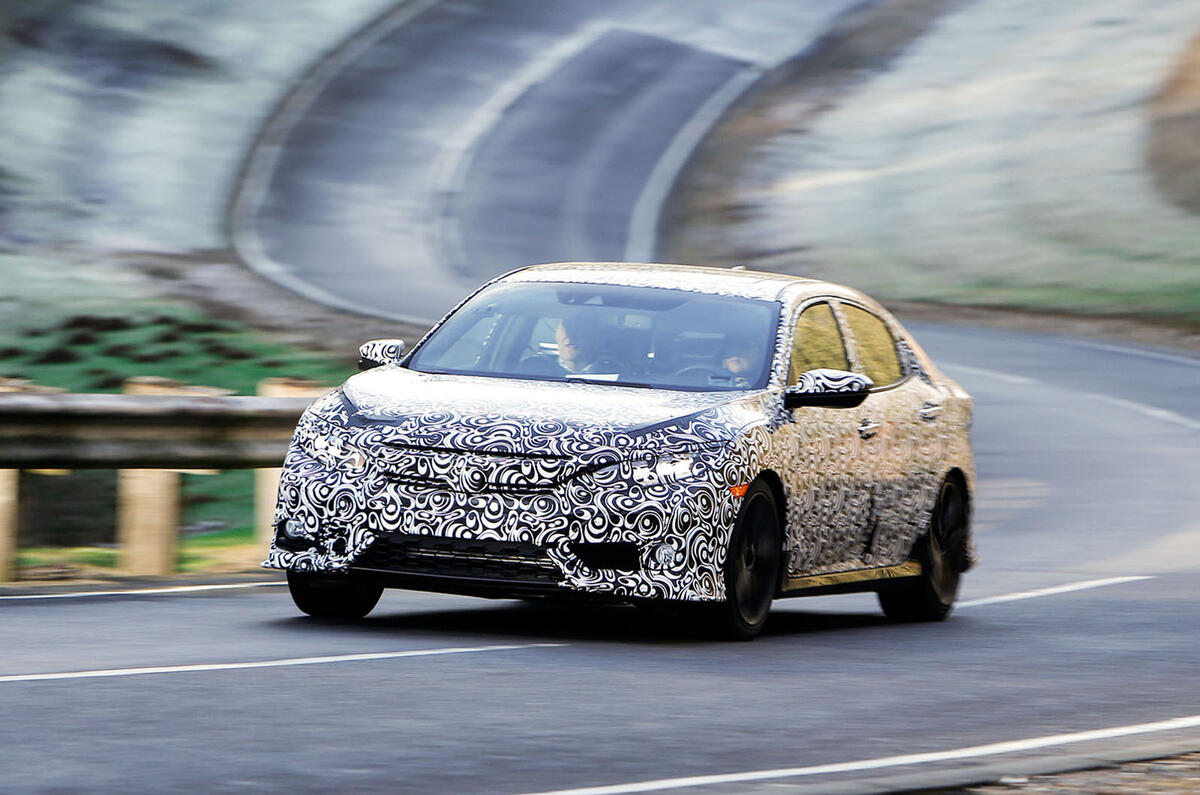
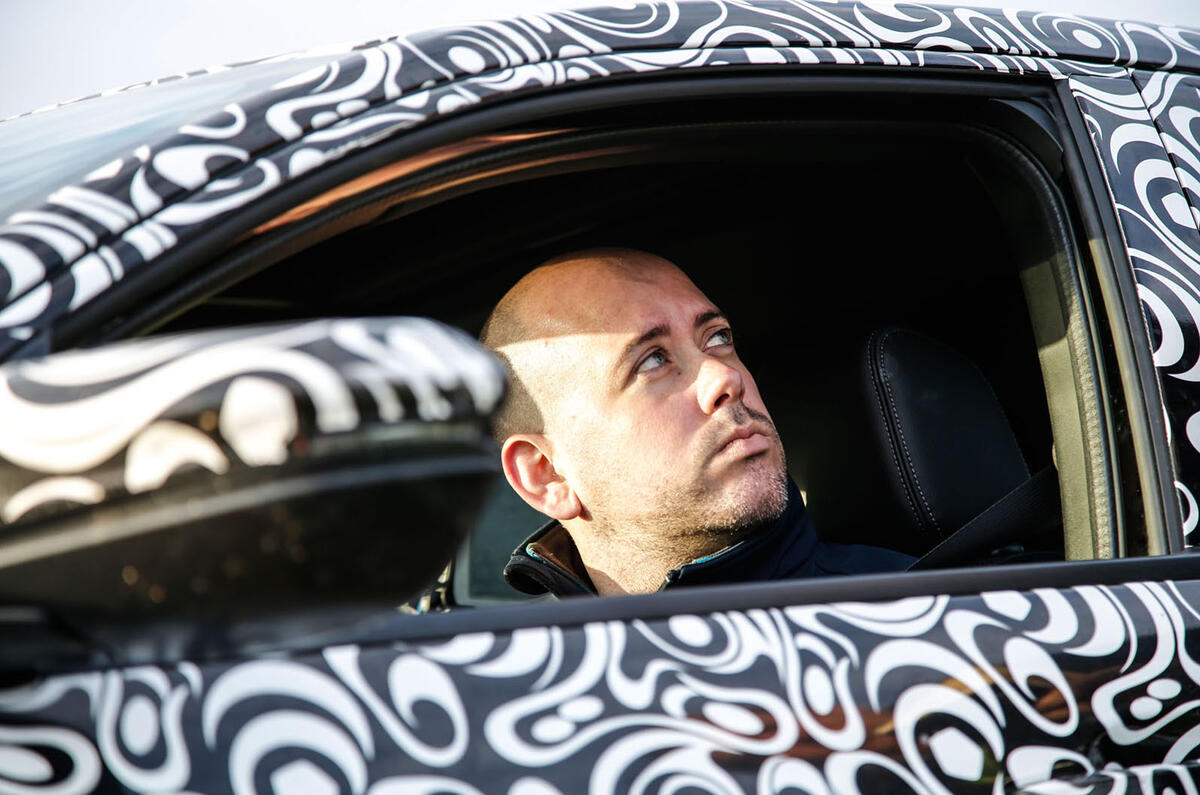
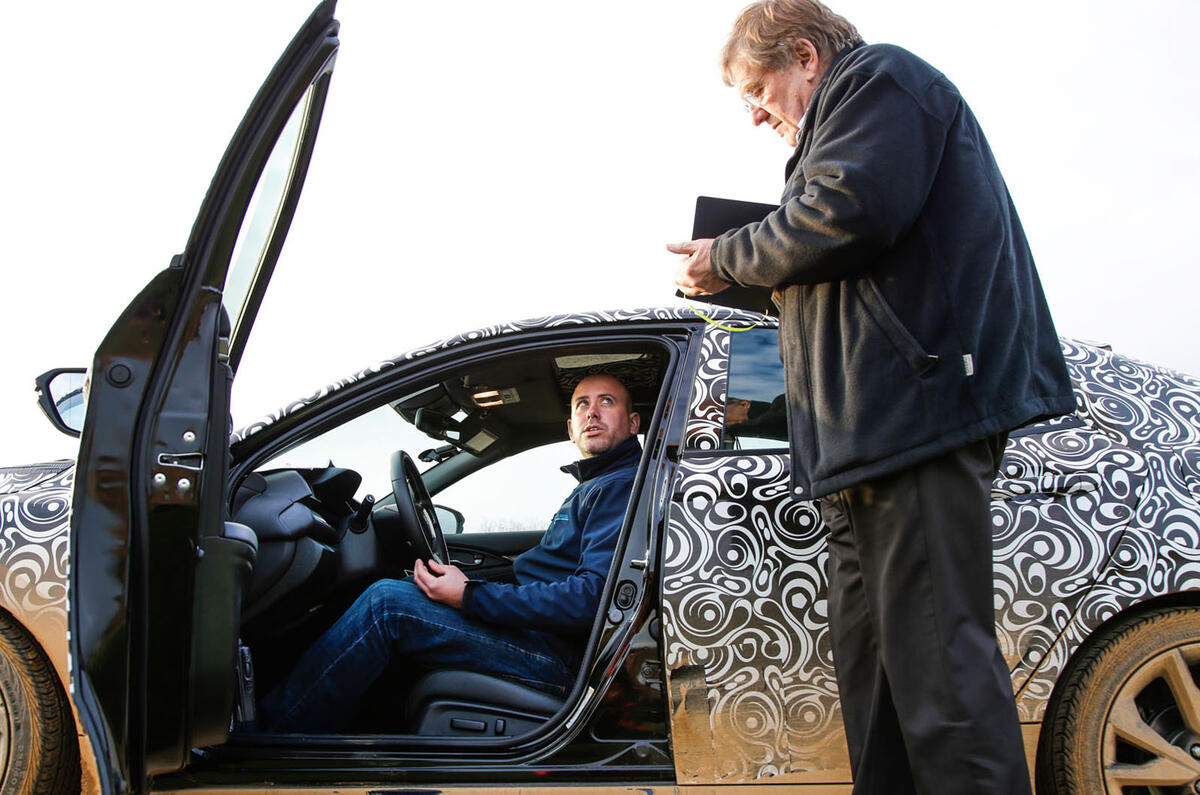

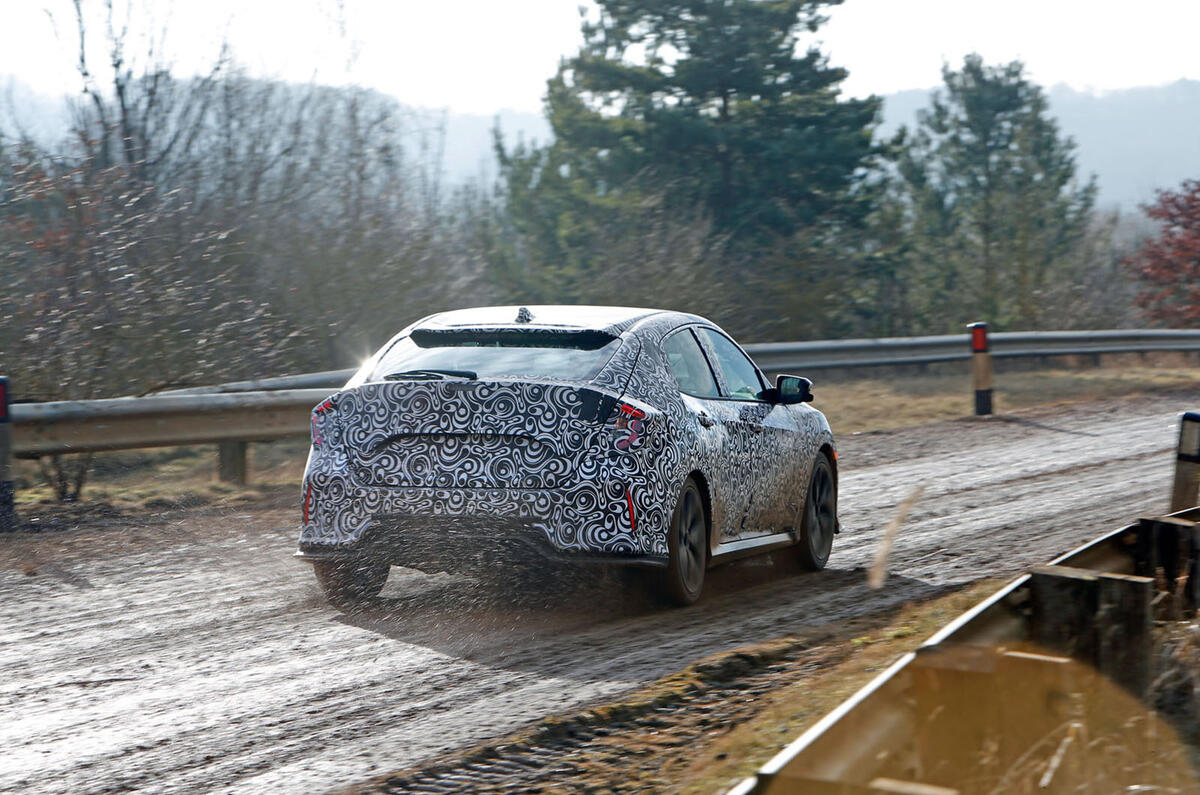
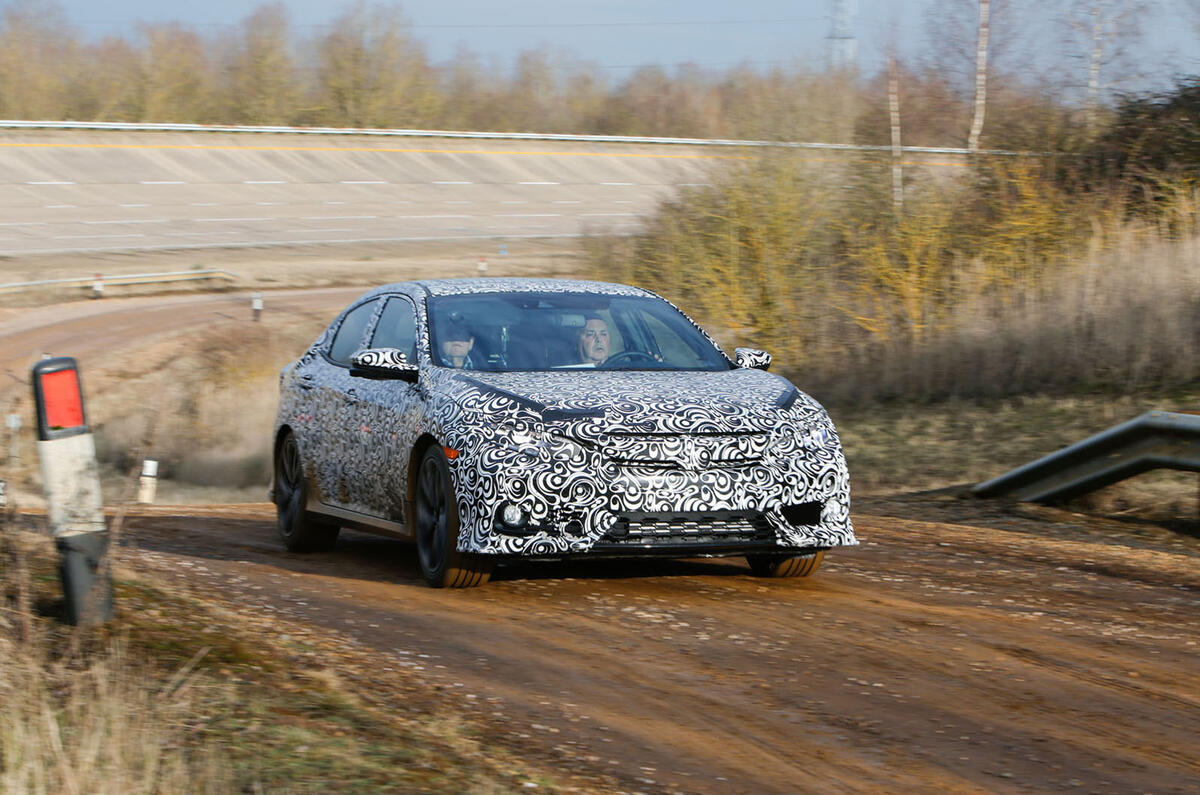
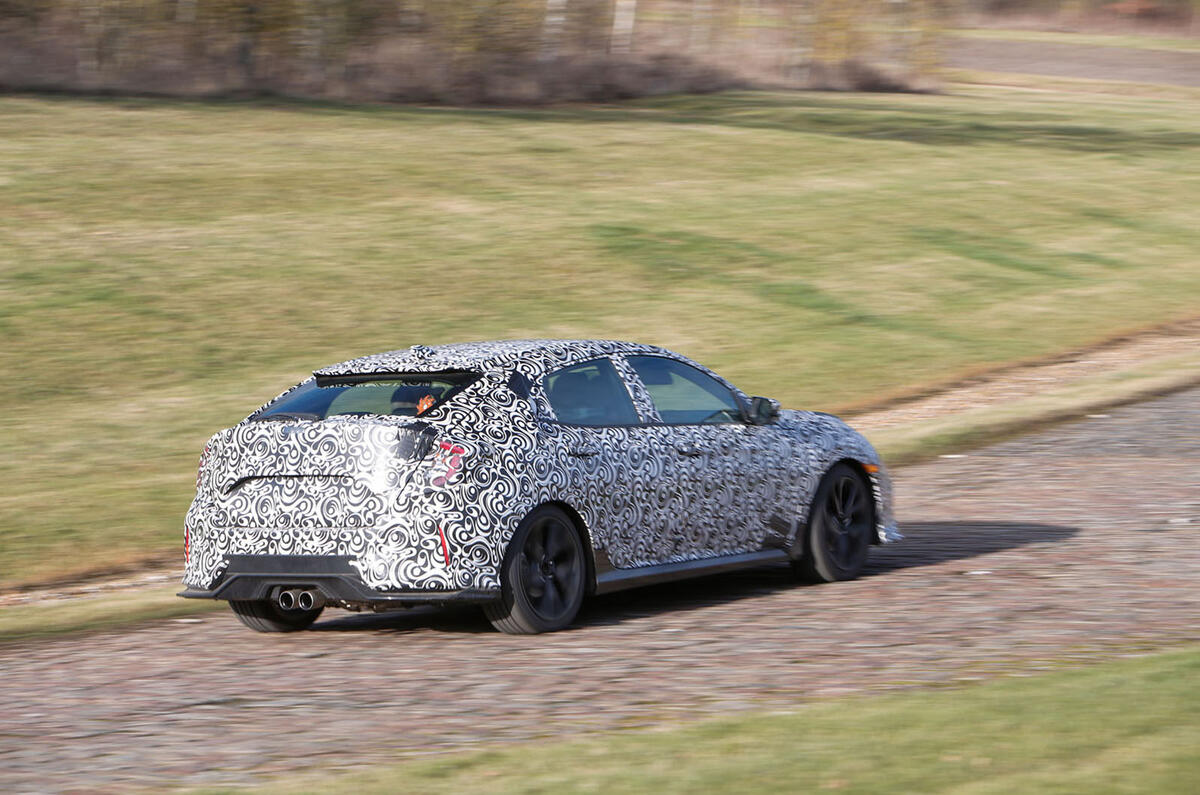
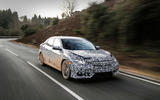
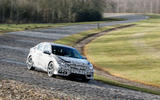

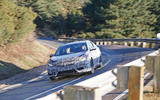
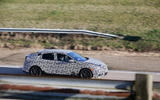
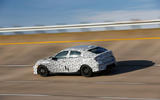

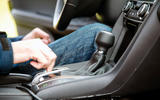


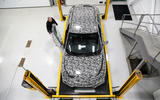
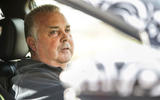

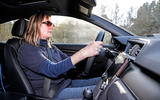
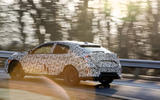
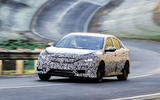
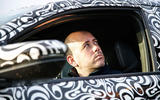
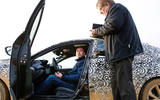
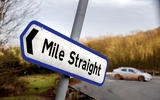
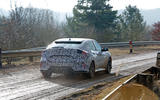
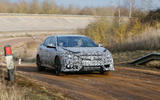


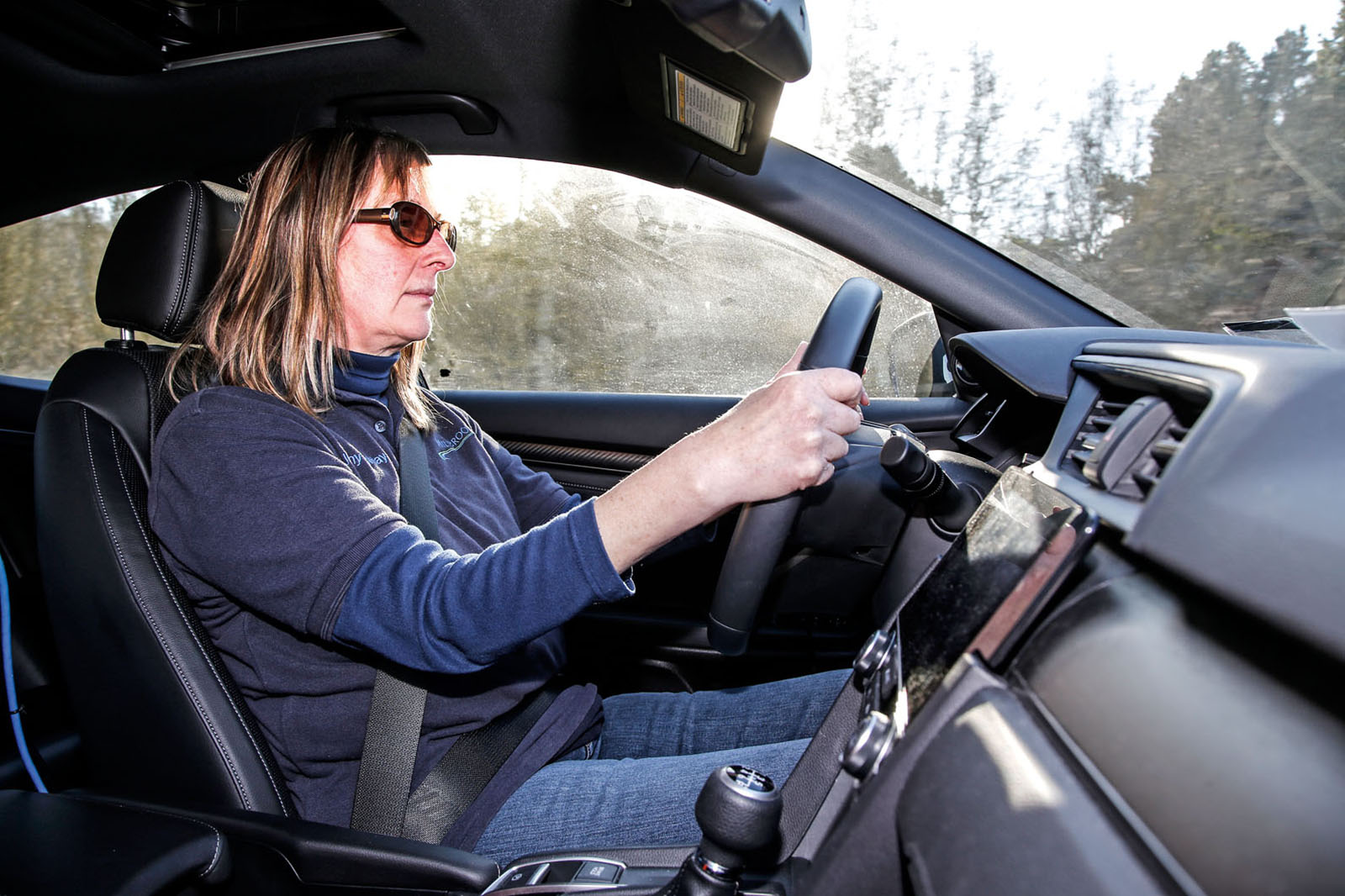
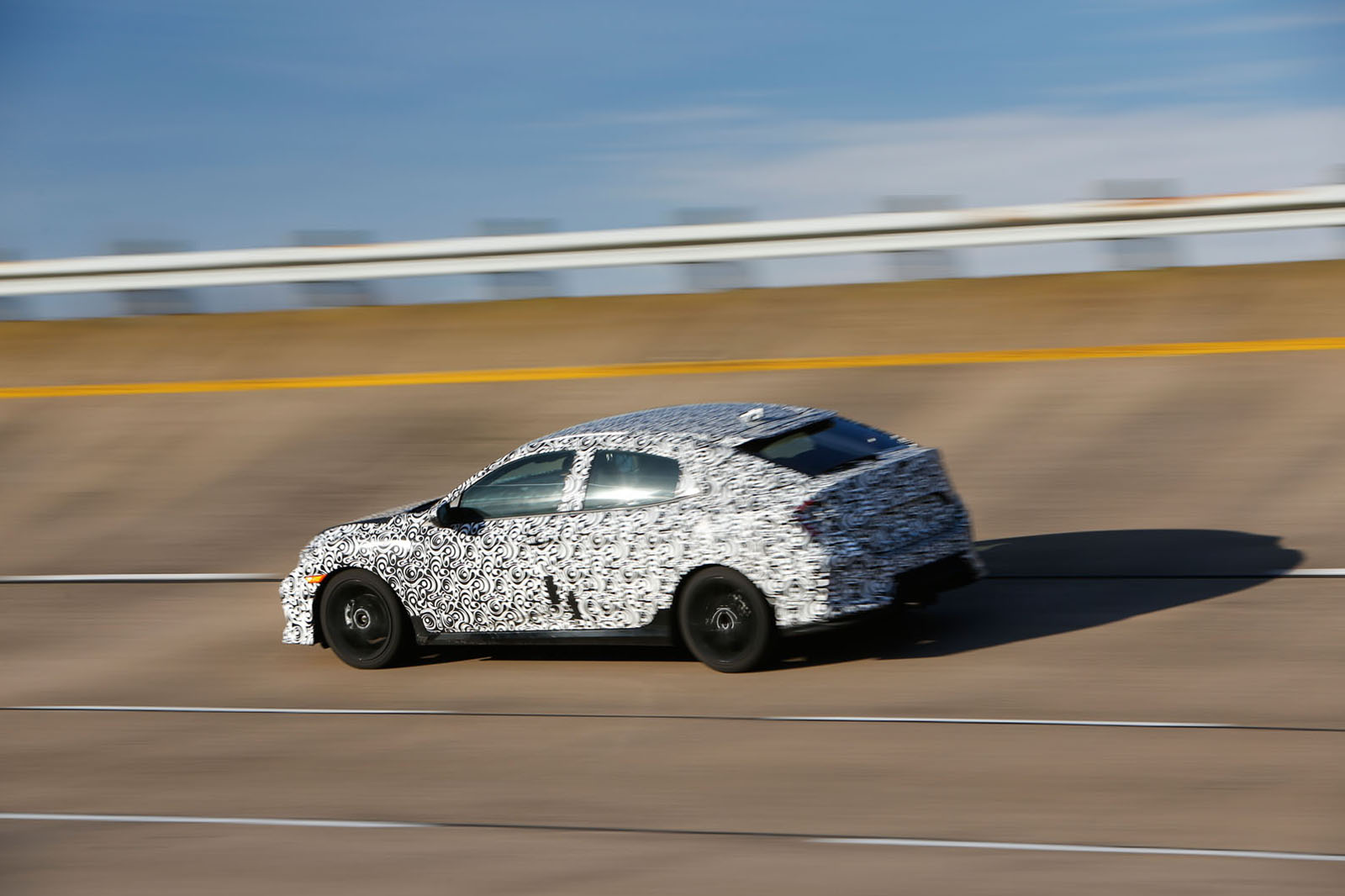
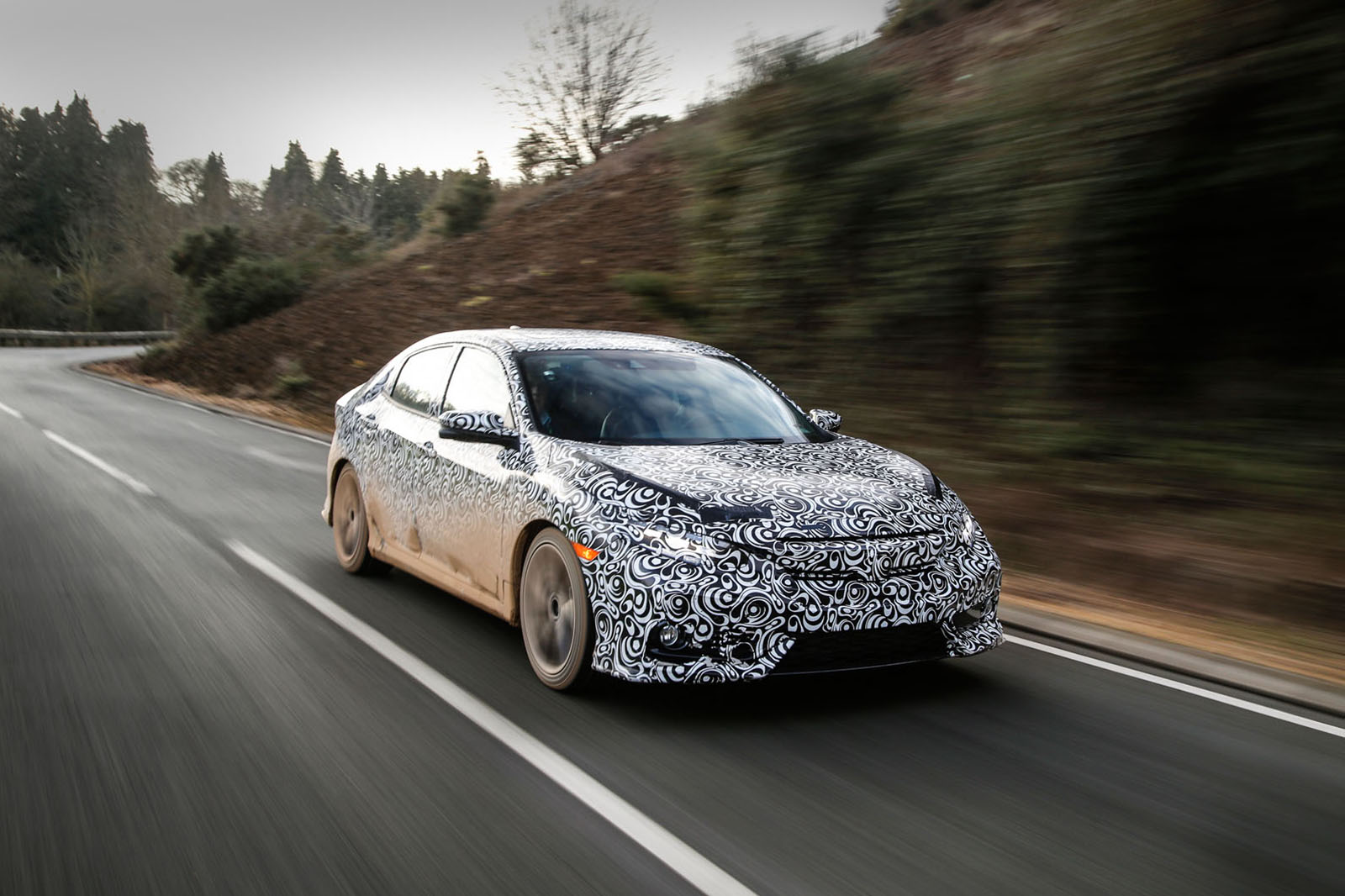





Join the debate
Add your comment
Back in the day
Why bother test driving a Honda?
Having just sold the most unreliable car I have ever had the displeasure to own, I find the above comment 100% true. When Honda developed the HR-V for our market, time certainly must have been precious because there are so many faults on their car it's untrue.
Electrical faults aside - well if anyone spent more than 5mins designing that infotainment system I'll be more than surprised. Honda may let you test drive their car but they certainly don't do customer clinics! Customer feedback isn't a word in their vocabulary
Don't know what ever happened to Honda and their once utter reliability, solid build quality and great customer service but as a once Honda fan (I had the pleasure of owning two new vehicles), I'll never set foot in their premises again.
Out of the 16 months I owned the car (from new), it spent a total of just over 13 weeks in the workshop. The Power of Dreams? yeh whatever.